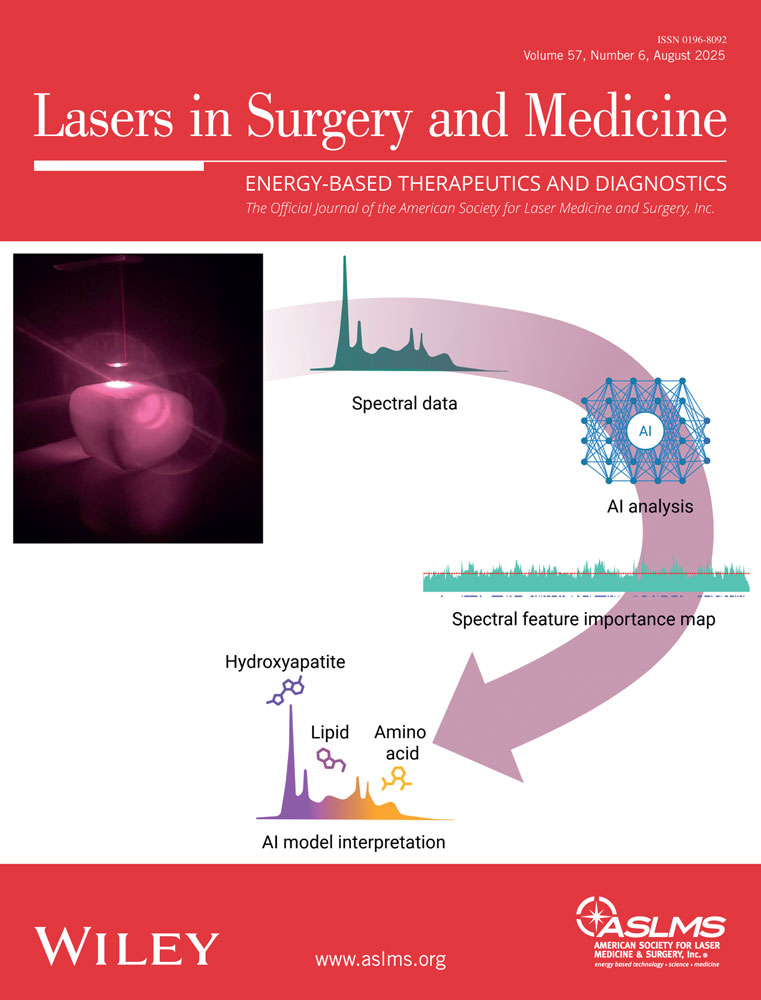Area ablation: A new lasing concept provides significantly enhanced acute and long-term results for treatment of in-stent restenosis
Abstract
Background and Objectives
Debulking is still a technique of choice for in-stent restenosis (ISR). Excimer laser debulking has enabled high procedural success with very low complication rates, but has demonstrated markedly heterogeneous results owing to differences in lazing and laser technology, and selected patient populations. Since new area-ablation technique enables ablation of larger areas than its own device size, we have evaluated their effectiveness and safety in an uncontrolled study.
Study Design/Materials and Methods
Fifty-three patients with diffuse ISR were treated by laser area ablation, followed by adjunctive balloon angioplasty. Primary endpoint was percent of binary stenosis at 6-month follow-up; secondary endpoints were procedural success; target lesion revascularization (TLR); major adverse cardiac events (MACE); diameter stenosis (DS); and minimal lumen diameter (MLD) before and after laser debulking, and at 6-month follow-up.
Results
Laser debulking was feasible (as defined as ≤30% residual stenosis) in 98.1% of patients. At 6-month follow-up, binary stenosis was 26.4%; angiographic TLR, 20.7%; and MACE, 3.7%. DS decreased from 87±17% to 20 ± 9% after laser debulking, and to 9±7% after PTCA; it was 29±14% at follow-up (P-values in comparison to baseline: 0.0047; 0.0036; 0.0064). MLD increased from 0.6±0.3 to 2.4±0.5 mm after laser debulking, to 2.8± 0.6 mm after adjunctive PTCA, and to 1.9 ± 0.4 mm at follow-up (P-values in comparison to baseline: 0.0059; 0.0031; 0.0088).
Conclusions
Owing to a significantly greater MLD, area ablation facilitates significantly enhanced immediate and follow-up results for diffuse ISR, including a simpler and more effective laser-debulking procedure than former lasing techniques. Lasers Surg. Med. 31:1–8, 2002. © 2002 Wiley-Liss, Inc.




